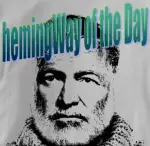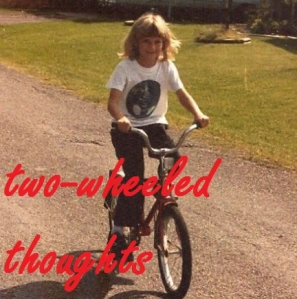An impassioned guide to The Great Gatsby by a highly qualified and devoted fan.
NPR’s Fresh Air book critic Maureen Corrigan (Leave Me Alone, I’m Reading) didn’t like The Great Gatsby the first time she read it for school when she was a teenager. But after teaching and lecturing about it for decades, her enthusiasm and ardent passion for F. Scott Fitzgerald’s classic novel infuse So We Read On (a title that spins off the novel’s famous closing line).
Corrigan argues that “if there is such an animal [as the Great American Novel], then The Great Gatsby is it.” She feels that many readers who encounter Gatsby for the first time in high school or even middle school are too young and inexperienced to appreciate it fully; many will unfortunately and unnecessarily form a dislike for a book that they might learn to love later in life. She also debunks a widespread interpretation of the novel as a grand, decadent celebration of materialistic American culture; it is, rather, an enormously subtle criticism of a class system that Fitzgerald felt had snubbed him.
In exploring these and other ideas, Corrigan undertakes a close reading of the text, examining language and punctuation and considering the context of the Roaring ’20s, the Lost Generation, Fitzgerald’s literary colleagues (including his “frenemy” Ernest Hemingway) and family (the famous or infamous Zelda). Despite her scholarly method, Corrigan’s work remains resolutely accessible to the everyday reader. Indeed, those who haven’t encountered Gatsby since high school are her intended audience. With humor and even the occasional pun, Corrigan offers the love of a classic novel to any and all.
This review originally ran in the September 9, 2014 issue of Shelf Awareness for Readers. To subscribe, click here, and you’ll receive two issues per week of book reviews and other bookish fun!
Filed under: book reviews | Tagged: classics, creative nonfiction, literary criticism, nonfiction, Shelf Awareness |








Interesting, I should really check this out. I read Great Gatsby for the first time a couple of years ago and it left me with feeling rather ambivalent. Everyone seems to praise it to the high heavens and it is always hailed as the quintessential “American novel” but it never fully registered with me. It’s representation of class was the most interesting aspect for me but it seemed like I was missing the core of the novel in order to fully understand what Fitzgerald was trying to achieve here.
Well, and no one thing is *it* for everybody. I’m emphatic about not forcing oneself to like a “classic” book; these things are not one-size-fits-all, and thank goodness, because how boring would the world be if we all liked the same things? (And how long the lines would be!) So, no pressure. On the other hand… the point of this book is to reveal what Gatsby has to offer to those who may not have grasped it on the first go-round, so it’s a great tool if you do want to give it another try.
I think it’s a wonderful book in the very fine crafting, at every level, from word and sentence selection and language through the structure of the novel as a whole. And it makes some complex and subtle points, not least about class, as you say. So We Read On may have something to offer, again, if you’re interested. But nobody says you have to love Gatsby, either!
Catching up – I see that you did enjoy this as much as expected, and I’m adding it to my (ever-growing) list to give it a try. And will probably do the same with Gatsby himself, as well 😉
Excellent!!
[…] So We Read On, Maureen Corrigan – nonfiction […]
[…] knows she’s ready for a long, atmospheric build-up). (Bonus: the WaPo review is written by Maureen Corrigan. What […]